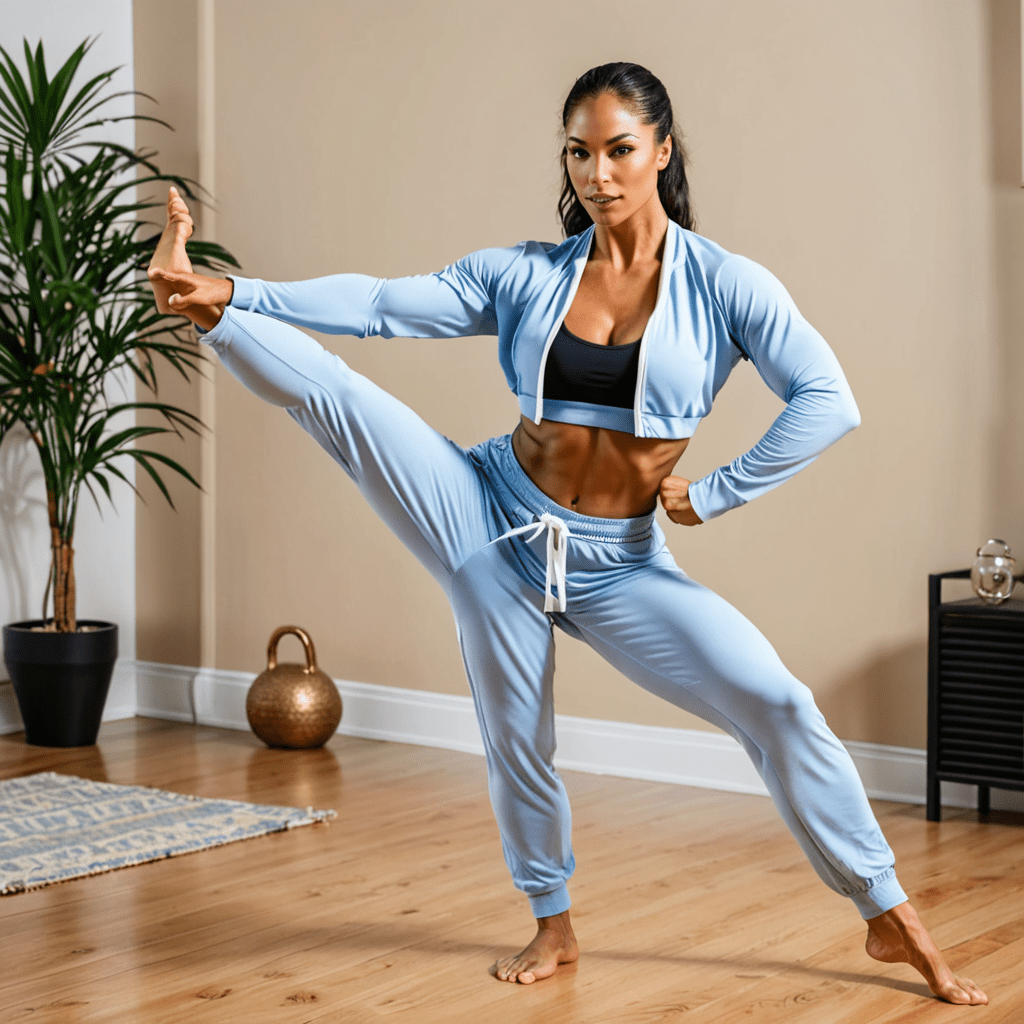Posture and Cultural Diversity: Embracing Differences with Alignment
1. Introduction: Embracing Diversity in Posture
The concept of posture extends beyond the physical alignment of our bodies. It encompasses our nonverbal communication, reflecting our cultural backgrounds and individual preferences. Embracing diversity in posture requires recognizing and appreciating these differences while promoting healthy and inclusive practices. This article delves into the interplay between posture and cultural diversity, exploring the various factors that influence how individuals carry themselves and how we can create inclusive posture guidelines that respect individual needs while promoting ergonomic well-being.
2. Cultural Influences on Posture
2.1. The Role of Nonverbal Communication
Posture plays a crucial role in nonverbal communication, conveying information about our emotions, attitudes, and social status. Cultural norms and values significantly impact how we use posture to communicate. For instance, in some cultures, maintaining direct eye contact and an upright posture signifies respect and attentiveness, while in others, it might be considered confrontational. Understanding these cultural nuances is essential for effective cross-cultural communication.
2.2. Impact of Social Norms and Values
Social norms and values ingrained within a culture shape individuals' perceptions of appropriate posture. In some cultures, sitting with legs crossed is considered impolite, while in others, it's perfectly acceptable. Similarly, the distance individuals maintain during conversations can vary significantly across cultures.
2.3. Cultural Expectations and Posture
Cultural expectations influence how individuals are expected to carry themselves in different settings. For example, in formal settings, individuals from certain cultures might be expected to maintain a more rigid and formal posture, while in informal settings, a more relaxed posture might be considered appropriate.
6. Creating Inclusive Posture Guidelines
6.1. Balancing Individual Needs with Cultural Considerations
Developing inclusive posture guidelines requires a delicate balance between addressing individual ergonomic needs and respecting cultural considerations. While promoting healthy posture practices is crucial, it's equally important to avoid imposing rigid standards that disregard cultural variations. Effective guidelines should acknowledge the diversity of postures and provide recommendations that are adaptable to different cultural contexts.
6.2. Promoting Flexibility and Adaptability
Incorporating flexibility and adaptability into posture guidelines allows for individualization and cultural sensitivity. Providing a range of options and encouraging individuals to find postures that feel comfortable and culturally appropriate fosters an inclusive environment. This approach recognizes that there is no "one-size-fits-all" approach to posture and that individual preferences should be respected.
6.3. Fostering Cross-Cultural Communication
Creating inclusive posture guidelines necessitates clear and open communication across cultures. Encouraging dialogue and actively listening to diverse perspectives helps bridge cultural gaps and ensures that guidelines are developed with sensitivity and inclusivity in mind. This collaborative approach fosters mutual understanding and creates guidelines that are relevant and applicable to various cultural contexts.
7. Promoting Ergonomic Education and Training
7.1. Providing Resources for Diverse Needs
Providing readily accessible ergonomic resources tailored to diverse needs is crucial for promoting inclusivity. Educational materials, training programs, and online resources should be available in multiple languages and formats to cater to the varied learning styles and cultural backgrounds of individuals. This ensures that everyone has equal access to information and support, fostering a more inclusive ergonomic environment.
7.2. Tailoring Training Programs to Cultural Contexts
Tailoring ergonomic training programs to specific cultural contexts demonstrates sensitivity and inclusivity. Incorporating cultural examples, case studies, and scenarios relevant to different backgrounds helps individuals connect with the information and apply it effectively within their own cultural framework. This approach fosters greater engagement and understanding, leading to more effective ergonomic practices.
7.3. Encouraging Individualized Ergonomic Support
Encouraging individualized ergonomic support ensures that everyone receives the assistance they need to achieve optimal posture and comfort. This can involve providing ergonomic assessments, personalized recommendations, and ongoing support to address individual needs and preferences. By embracing an individualized approach, organizations demonstrate their commitment to inclusivity and ensure that everyone benefits from ergonomic interventions.
8. Case Studies: Posture and Cultural Diversity
8.1. Examples from Different Cultures
Examining case studies from various cultures provides valuable insights into the diverse expressions of posture and the impact of cultural influences. Exploring examples of how different cultures approach posture, both in terms of nonverbal communication and social norms, can deepen our understanding and appreciation for cultural diversity. These case studies serve as valuable learning tools, highlighting the importance of cultural sensitivity and adaptability in developing inclusive posture practices.
8.2. Success Stories of Inclusive Posture Practices
Sharing success stories of organizations and individuals who have successfully implemented inclusive posture practices provides inspiration and guidance for others seeking to promote inclusivity in their own settings. These examples demonstrate the positive impact of adopting culturally sensitive approaches and can serve as models for replicating success in other contexts. By showcasing the effectiveness of inclusive practices, we can encourage widespread adoption and contribute to creating more inclusive ergonomic environments.
8.3. Lessons Learned and Best Practices
Analyzing the lessons learned from various case studies and success stories allows us to identify best practices for promoting inclusive posture in diverse settings. This involves synthesizing key takeaways, recognizing common challenges and solutions, and developing actionable strategies for implementation. By sharing these insights, we can contribute to the collective knowledge base on inclusive ergonomics and empower others to create more inclusive and healthy environments for everyone.
9. Conclusion: Moving Towards Inclusive Posture Practices
Embracing cultural diversity in posture requires a shift in perspective from a standardized approach to one that acknowledges and respects individual and cultural differences. By developing inclusive posture guidelines, promoting ergonomic education and training, and learning from successful case studies, we can create environments that foster comfort, well-being, and cultural sensitivity for all. As we continue to move towards more inclusive posture practices, we recognize the importance of celebrating diversity, promoting adaptability, and fostering a deeper understanding of how cultural influences shape our expressions of posture.
10. References and Resources
This section should include a comprehensive list of references and resources related to posture, cultural diversity, and ergonomics. It's important to provide credible and reliable sources to support the information presented in the article.
FAQ
In this section, address frequently asked questions (FAQs) that readers might have regarding posture and cultural diversity. This could include questions about specific cultural norms related to posture, ergonomic recommendations for diverse populations, and resources for further learning.
By providing a comprehensive FAQ section, you can anticipate and address reader inquiries, enhancing the overall value and user experience of the article.



